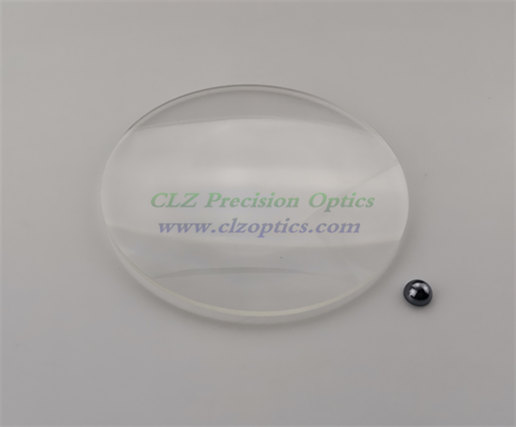What are the optical lenses in the application field?
Oct. 17, 2019
In Optical Lenses, light energy is lost due to the reflection of the surface of the element. In order to reduce the reflection loss on the surface of the element, a transparent dielectric film is often plated on the surface of the optical element. This film is called an anti-reflection film.
The principle of increasing the transmission of the AR coating can be qualitatively analyzed from the perspective of energy conservation. The principle of increasing the transmission of the AR coating according to the Fresnel formula and the law of refraction can be quantitatively explained. The electromagnetic theory of electrokinetics is used to increase the AR coating. The principle of transmission gives a theoretical explanation.
Optical Coatings
What should you pay attention to in the processing of Optical Coatings? When light enters different transfer materials (such as air entering the glass), about 5% will be reflected off. There are many lenses and refractors in the optical sight, which together add up to 30% to 40% of the incident light. Modern optical lenses are usually coated with a single or multiple layers of magnesium fluoride anti-reflection film, a single anti-reflection the coating can reduce the reflection to 1.5%, and a multi-layer anti-reflection film can reduce the reflection to 0.25%, so the entire aiming If the mirror is properly coated, the light transmission rate can reach 95%. Lenses coated with a single antireflection coating are usually blue-violet or red, and lenses coated with multiple anti-reflection coatings are either pale green or dark purple.
The AR coating for glass and plastic substrates is a 35mm auto-zoom camera consisting of 18 lenses, assuming 4% reflection at each glass and air interface, without lens penetration, The pass rate was 27%, the lens transmittance of a film coated with a film (remaining reflection of 1.3%) was 66%, and the multilayer film (remaining reflection was 0.5%) was 85%. A significant component of many optical systems is the coating on the lens that reduces reflection. Antireflection coatings are indispensable in many applications, otherwise they will not meet the requirements of the application.
The anti-reflection film increases the intensity of the transmitted light. The optical wave as the electromagnetic wave is in the process of propagation. At the interface of different media, the energy distribution is changed due to the different boundary conditions. For a single-layer film, when the medium on both sides of the anti-reflection film is different, the film thickness is an odd multiple of 1/4 wavelength and the refractive index of the film is n=(n1*n2)^(1/2) (media 1 respectively) The refractive index of 2, the incident light can be transmitted through the medium. Generally, the optical lens is used in air. For an optical glass with a refractive index of about 1.5 or so, in order to achieve a 100% anti-reflection effect on a single layer film, n1 = 1.23, or close to 1.23; Thickness = (2k + 1) times a quarter of a wavelength. Single-layer films are only transparent to electromagnetic waves of a specific wavelength and in order to achieve anti-reflection in a wider range and more wavelengths, one uses a multi-layered film.
People have a lot of experience in the use of anti-reflection coatings, and found a lot of materials that can be used as anti-reflection coatings. At the same time, they have mastered many advanced coating technologies. Therefore, the application of anti-reflection coatings involves medical, military, space exploration, etc. All walks of life have made significant contributions to the advancement of human science and technology.
We are Optical Components Manufacturer, welcome to come to us.





















